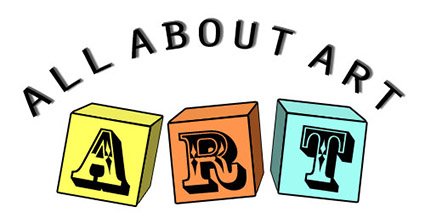Origami (折 り 紙, from ori meaning "folding", and kami mean "paper") is the traditional art of paper folding which evolved into a modern art form. Origami is a folding art that originated in Japan. The material used is paper or cloth which is usually square. An origami result is a very thorough and delicate work of the hands on sight. Generally to make origami we can use plain paper but most origami in Japan use special paper for origami. The difference between ordinary paper and origami paper is only in terms of design and color are so diverse that making origami become more beautiful and totally unrelated to techniques such as paper folds become easier.

History of Origami In Japan
Origami is a paper-folding art that is believed to have begun since the first paper was introduced in the first century in China in 105 AD by Ts'ai Lun from China. Paper making from small pieces of low quality plants and fabrics increases paper production. Early examples of origami originating from the People's Republic of China are Chinese barges and boxes.
In the 6th century, papermaking was later brought to Spain by the Arabs. In 610 AD of the reign of the female emperor Suiko (Asuka's era), a Buddhist monk named Donchō (Dokyo) originating from Goguryeo (Korean peninsula) came to Japan to introduce a way of making paper and ink. Then this art developed first at the time of Muromachi era (1333-1568) and later in the Edo period (1603-1868). Because of its very expensive price at that time, its use was limited only to ceremonial activities such as for Noshi. Apart from that, there was also a folding of paper art in Europe, which was spread from Egypt and Mesopotamia to Spain in the 16th century and then spread throughout western Europe. A traditional origami-shaped work of storks. For a long time, the known models were confined to traditional models such as storks in Japan and pajarita in Spain. Akira Yoshizawa (1911-2005) made innovations by creating new models which then brought great changes in origami development. He created a system of systematic drawing (called diagrams)) to show the steps of folding a model that can be shared and understood by many. This system is the basis of the Yoshizawa-Randlett System which is now commonly used for folding instruction of origami models.
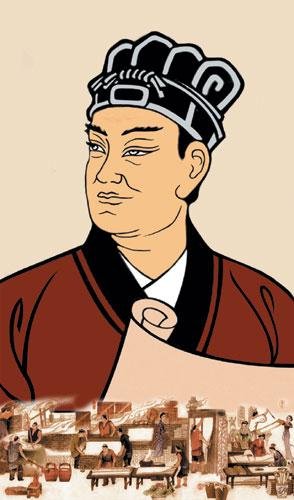
Origami also became popular among Japanese people until now, especially with local Japanese paper called Washi. Washi (和 紙, Washi) Or Wagami is a kind of paper made with traditional methods in Japan. Compared to the machine production paper, the fiber in the washi is longer so that the washi can be made thinner, but durable, not quickly worn or torn. Origami is a traditional art from Japan.
Washi production often can not meet consumer demand so it is expensive. In Japan, washi is used in various types of crafts and art objects such as Origami, Shodō and Ukiyo-e. Washi is also used as an ornament in Shinto religion, Buddha statue making material, furniture materials, sashimi mats in packaging, bedding materials, clothing materials such as kimono, as well as interior materials. In Japan, washi is also the material of banknotes so that the notoriously strong paper money and not easily worn.
Origami Figures And Artists
An origami maker commonly referred to as paperfolder. These paper folders can be a collection of people from very different backgrounds such as artists, scientists, children, and teenagers. Even educators to therapists. In general, people consider origami to be by, and, for children, or as skills training. However, lately, origami has become popular as a form of hobby for adults. Therefore, origami usability is not only a skill art or for making toys from paper only. Origami also has many uses / functions for the life of Japanese society.
Nowadays origami art has grown progressively and many origami artists have sprung up. Origami created by the artist is really very beautiful flavor of art is very high. It is hard to believe that many forms can be created by a piece of paper intact without cutting or using adhesives but relying solely on the folds. One of the most famous origami artists today is Satoshi Kamiya who is able to make various origami forms difficult only from a piece of paper and again without cutting it completely. The origami work shaped like a dragon is the most difficult because it takes a few months to do it. Similar works are also common but many of them are made not from a single sheet of paper intact so the level of difficulty is of course different.
Here are some figures and origami artist :
Origami Figures
- Tomoko Fuse
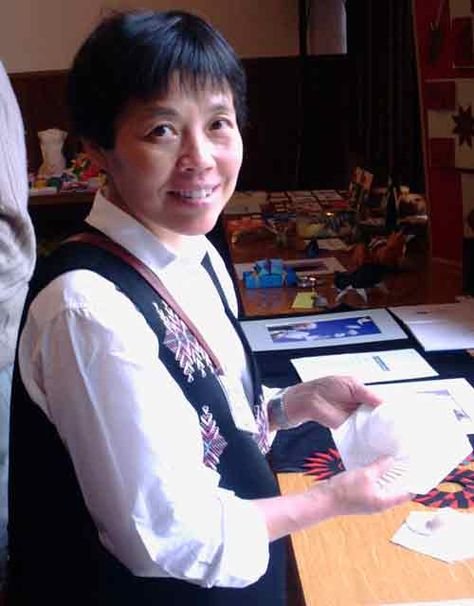
- Akira Yoshizawa
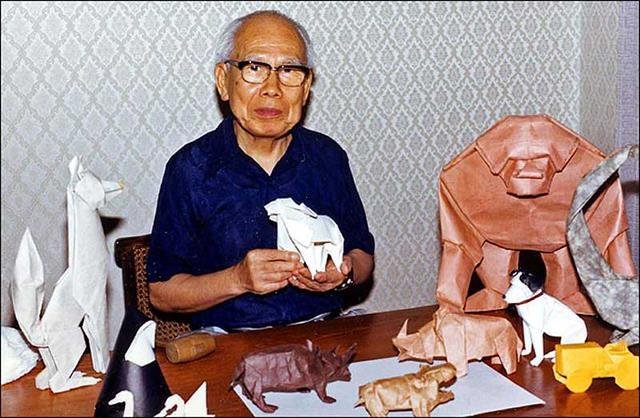
- Robert J.Lang

Origami Artists
- Satoshi Kamiya
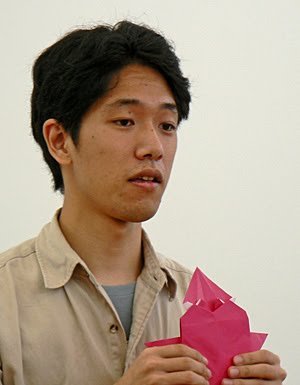
- Chris K.Palmer

- Eric Gjerde

Continued to part 2...
